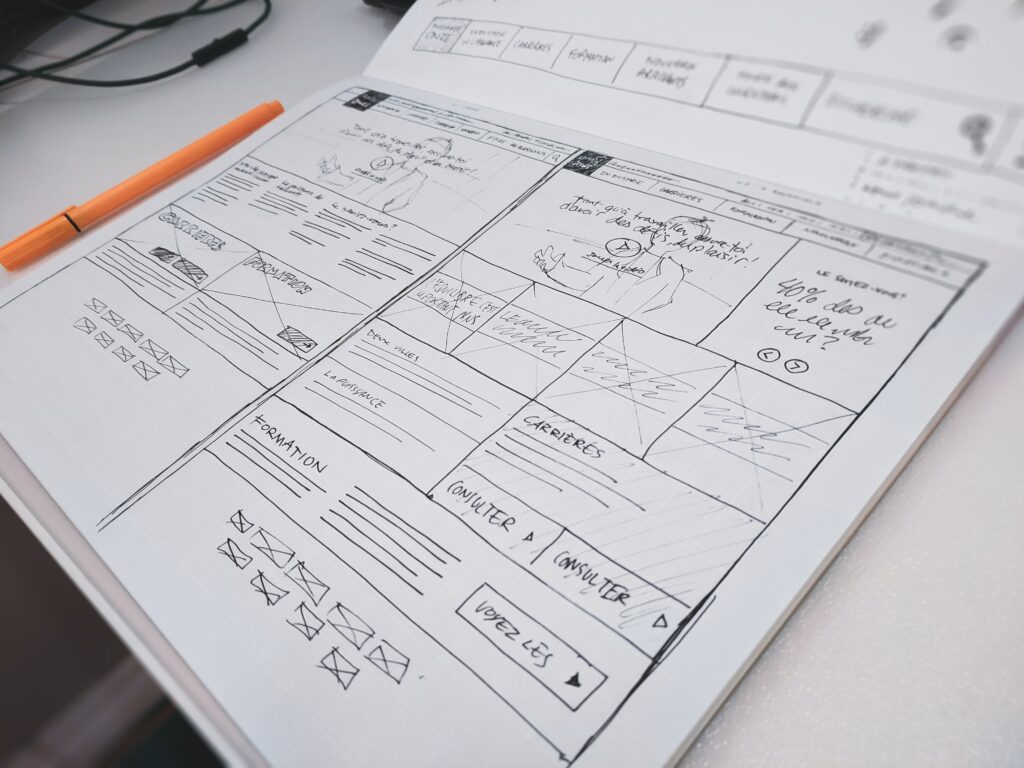Landing pages are standalone web pages designed to capture user data or direct visitors to a specific action. They are a crucial element in digital marketing campaigns, and are often used for lead generation, sales, or event sign-ups. However, creating landing pages can be a daunting task for beginners. This is where page builders come in – they can help you create beautiful, user-friendly landing pages with little to no coding required.
Choosing the Right Page Builder Plugin for WordPress
There are many page builder plugins available for WordPress, each with their own unique features and functionality. Popular options include Elementor, Beaver Builder, and Divi. When choosing a page builder plugin, it’s important to consider factors such as ease of use, compatibility with your WordPress theme, and the range of design options available.
Landing Page Design Best Practices
Creating effective landing pages involves more than just choosing the right page builder plugin. It’s also important to follow user experience design principles to create landing pages that are user-friendly and easy to navigate. Additionally, A/B testing can help you optimize your landing page for maximum conversion rates.
When it comes to designing effective landing pages, there are several best practices that you should keep in mind. By following these design principles and testing your landing pages for optimal conversion rates, you can create pages that effectively capture leads and drive sales.
User-friendly Design Principles
To create a landing page that is user-friendly and easy to navigate, keep these principles in mind:
- Simple layout: A simple, clutter-free layout makes it easier for visitors to understand the purpose of your landing page and take the desired action.
- Clear call-to-action (CTA): Your landing page should have a clear and prominent CTA that is easy to find and understand. Make sure the CTA is aligned with the purpose of your landing page and that it stands out from the rest of the page.
- Consistent branding: Your landing page should be consistent with your brand’s visual identity and tone of voice. This will help visitors to recognize your brand and feel more confident in taking the desired action.
- Mobile-friendly design: With more and more people accessing the internet on their mobile devices, it’s important that your landing page is optimized for mobile devices. Make sure the page is easy to navigate and read on a small screen, and that the CTA is easily clickable with a thumb.
- Minimal distractions: Minimize distractions on your landing page by removing any unnecessary elements, links, or buttons. This will help keep visitors focused on the CTA and increase the chances of conversion.
A/B Testing for Optimal Conversion Rates
A/B testing is a method of testing two different versions of a landing page to see which one performs better in terms of conversion rate. To conduct an A/B test, create two versions of the same landing page and test different variables such as CTA placement, headline, or image. Here are some tips for conducting effective A/B testing:
- Test one variable at a time: To accurately determine which variable impacts conversion rates, only test one variable at a time. This will help you to isolate the effect of each change.
- Use a large enough sample size: To ensure that your results are statistically significant, use a large enough sample size. The sample size should be at least 100 visitors per variation.
- Analyze your results: After conducting an A/B test, analyze your results to determine which version of the landing page performed better. Use this information to optimize your landing pages for maximum conversions.
Creating landing pages requires a combination of user-friendly design principles and A/B testing for optimal conversion rates. By keeping these best practices in mind, you can create landing pages that effectively capture leads and drive sales.
Creating Landing Pages with WordPress Page Builders
Once you’ve chosen a page builder plugin and established best practices for landing page design, it’s time to start creating your landing page. This involves setting up a new page in WordPress, customizing your landing page with the page builder, adding forms and calls-to-action to your landing page, and previewing and publishing your landing page. Let’s dive into each of these steps in more detail:
- Setting up a new landing page. To create a new landing page, log in to your WordPress dashboard and navigate to Pages > Add New. Give your page a title and select the page builder option.
- Customizing your landing page with a page builder. Once you’ve selected a page builder plugin, you can start customizing your landing page. Most page builders use a drag-and-drop interface, which makes it easy to add elements such as text, images, and buttons to your landing page.
- Adding forms and calls-to-action to your landing page. Forms and calls-to-action (CTAs) are crucial elements of a landing page, as they help to capture user data and direct visitors towards the desired action. Most page builders offer pre-built form and CTA elements that you can easily add to your landing page.
- Previewing and publishing your landing page. Once you’ve finished customizing your landing page, you can preview it to see how it looks on both desktop and mobile devices. You can hit the publish button to make your landing page live if everything looks good.
Landing Page Copywriting Tips
In addition to design and functionality, the copy on your landing page plays a crucial role in driving conversions. To create effective landing page copy, keep these tips in mind:
- Writing compelling headlines. Your headline is the first thing visitors will see on your landing page, so it needs to be attention-grabbing and persuasive. Use clear, concise language that communicates the unique value proposition of your offer.
- Crafting persuasive body copy. Your body copy should provide more detail about your offer, using persuasive language to encourage visitors to take action. Use bullet points, bold text, and other formatting options to make your copy easy to scan.
Conclusion
Creating effective landing pages is an important part of any digital marketing campaign. Using page builder plugins in WordPress can help create landing pages more user-friendly, even for beginners. By following best practices for landing page design, A/B testing, and copywriting, you can create optimized landing pages for maximum conversions.


